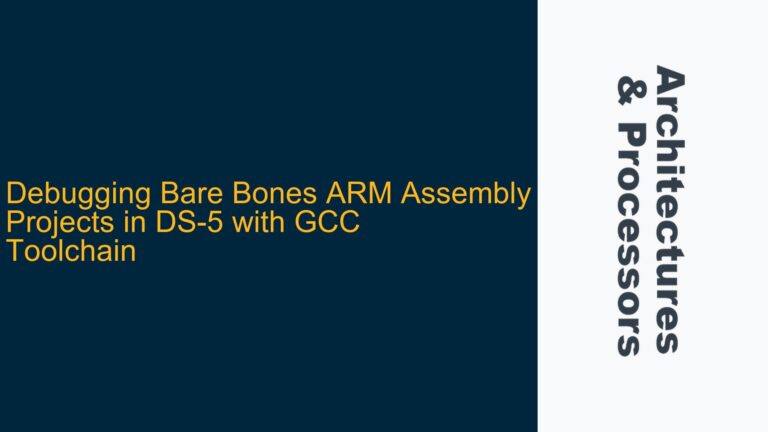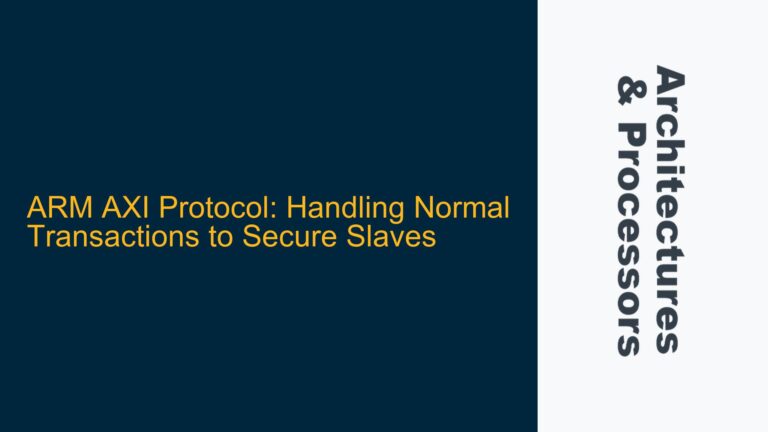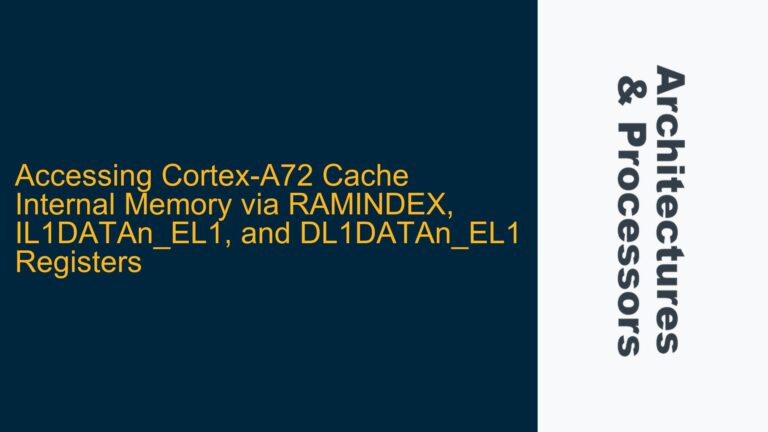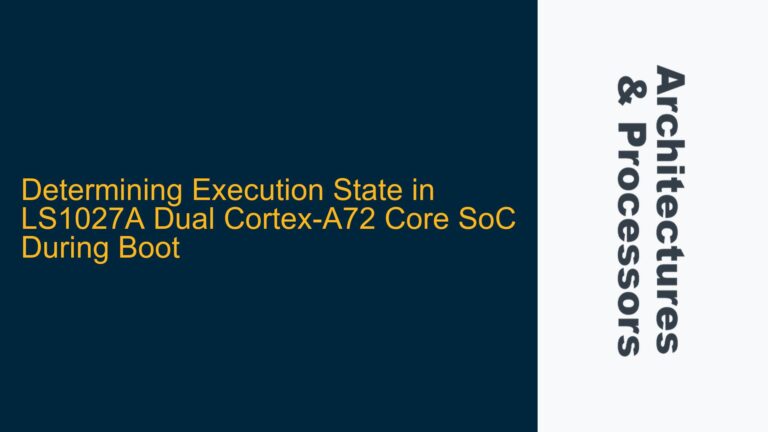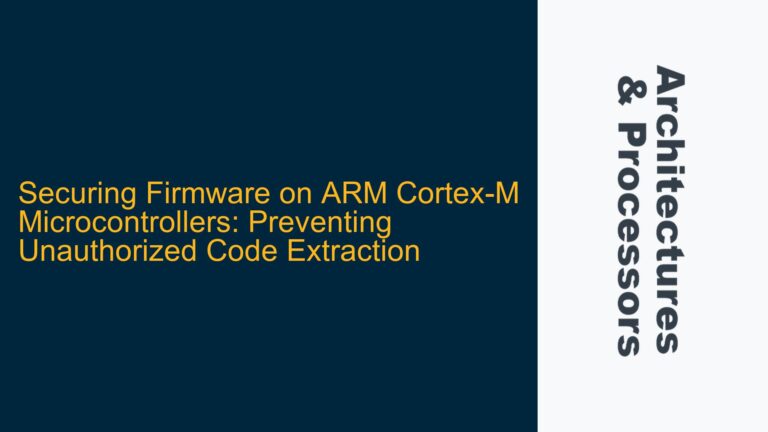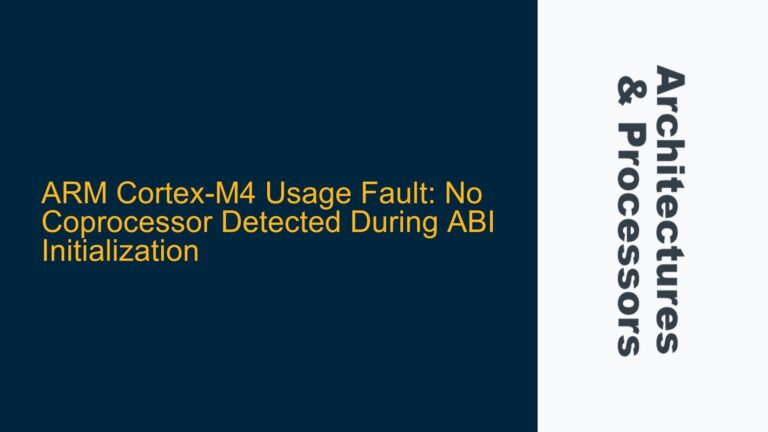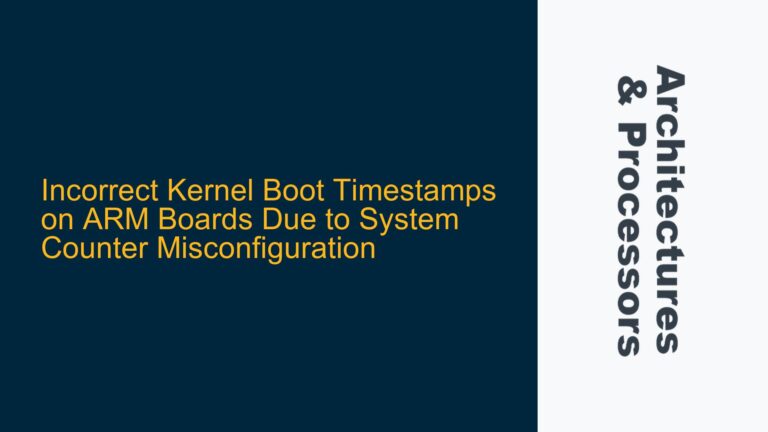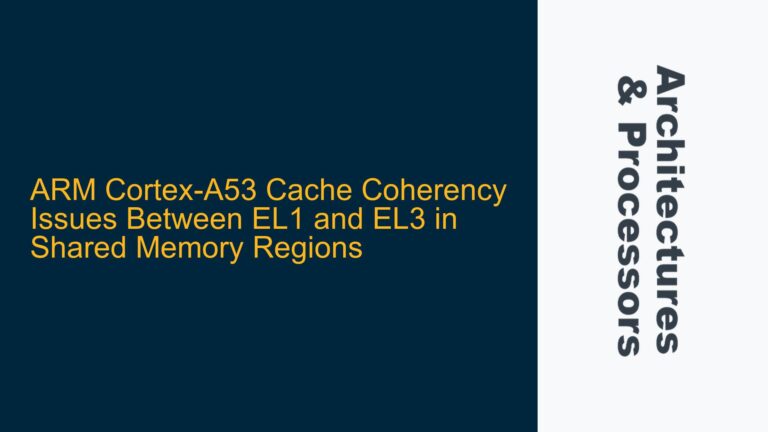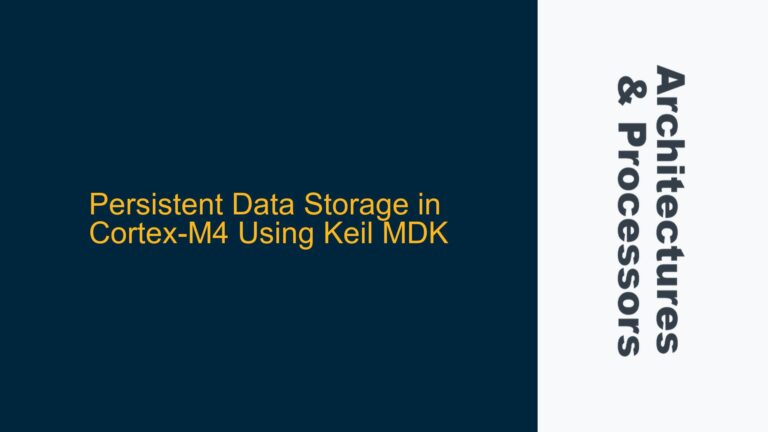Debugging Bare Bones ARM Assembly Projects in DS-5 with GCC Toolchain
Setting Up a Minimal ARM Assembly Project in DS-5 Without C Runtime Creating a bare bones ARM assembly project in DS-5 that can be debugged without involving a C runtime is a common challenge for developers transitioning from higher-level languages to low-level assembly programming. The primary goal is to generate an object file directly from…
